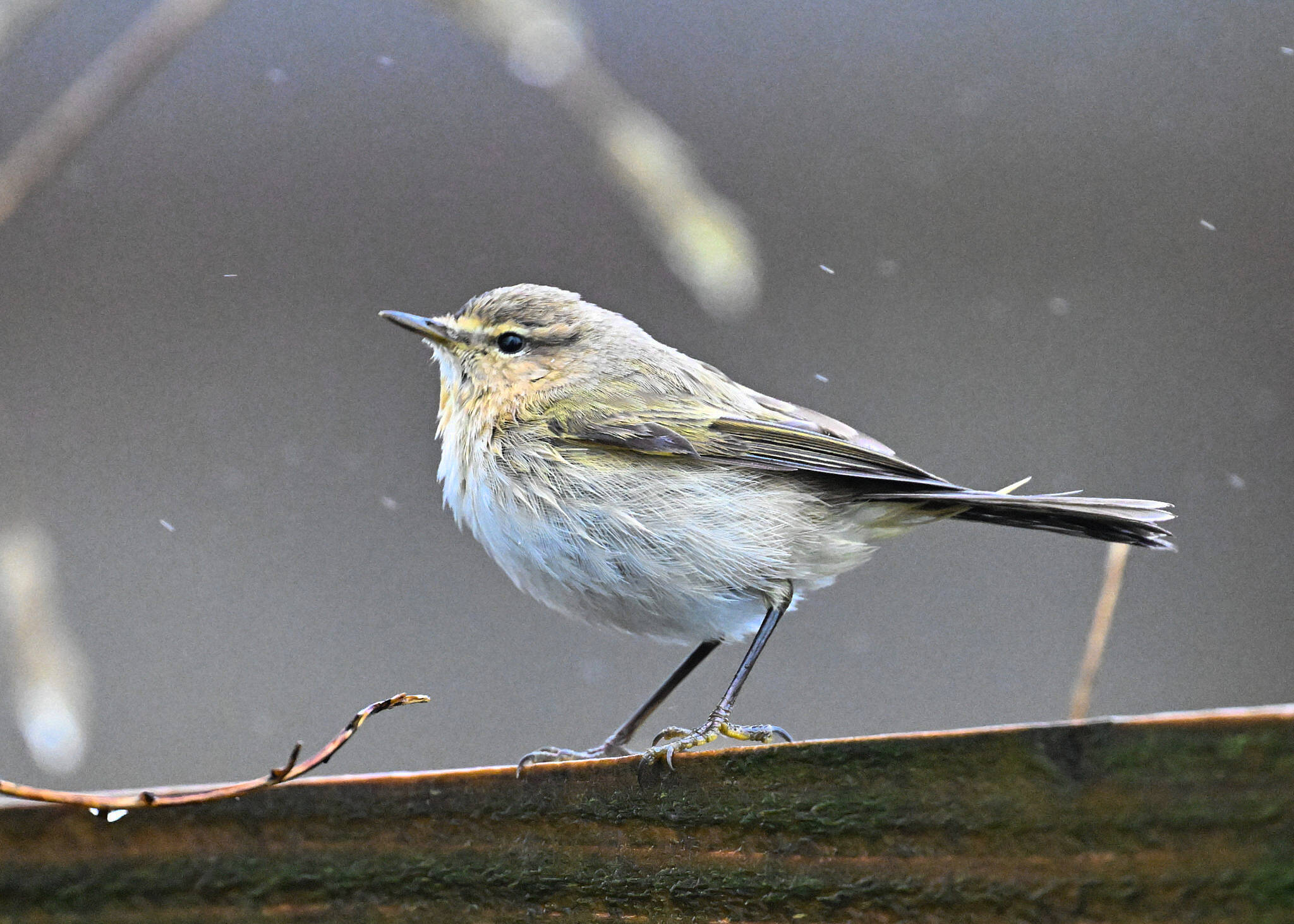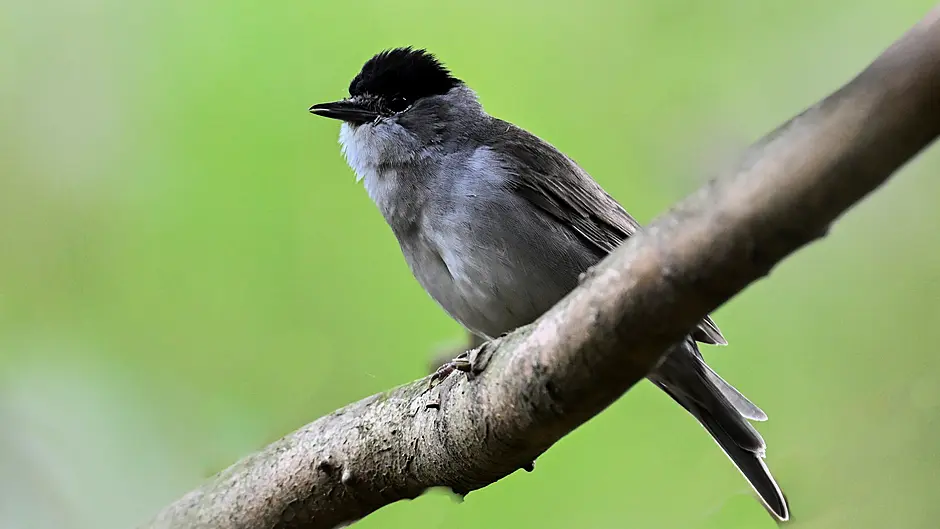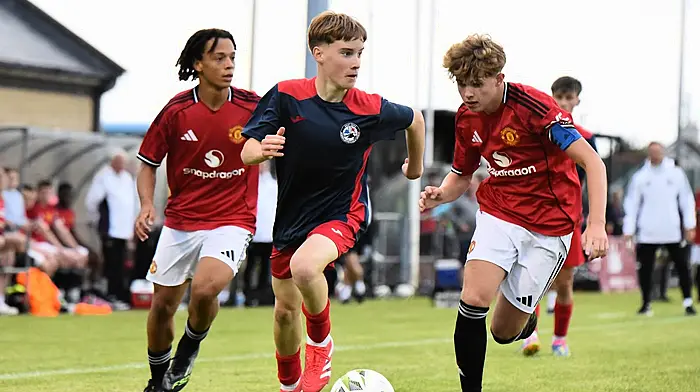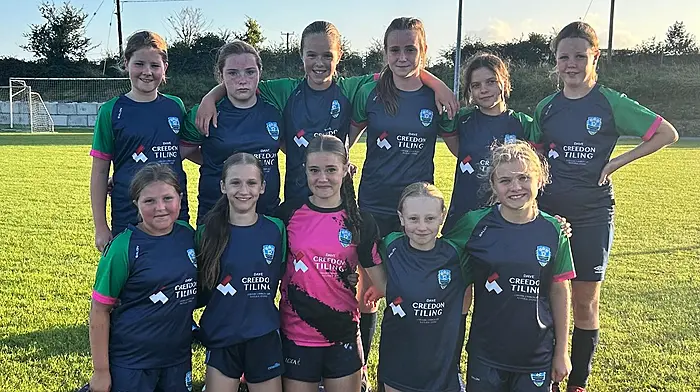While a substantial article could be written about the melodic voices heard crooning tunes old and new in West Cork’s pubs most weekend evenings, this piece is about a lesser-known group of birds called warblers. They are an inconspicuous feathered collective of small birds, usually in muted colours of greens and browns. True to their name, they are indeed best known for their melodic songs and calls.
Rarely seen in gardens, they favour scrub, woodland, reedbeds and marshes, where they excel at staying out of sight, often requiring a keen eye and considerable patience to spot.
Your most likely encounters with warblers, whether you realise it or not, are through the distinctive spring calls of two familiar species: the willow warbler and the chiffchaff. The chiffchaff’s call is especially easy to recognise, with its simple, repetitive chiff-chaff chiff-chaff. These cheerful songs are always a welcome sound, marking the arrival of brighter days. But there is much more to warblers if you take the time to look and listen.
Modern wizardry
A great addition to the modern nature enthusiast’s toolkit is the Merlin Bird ID mobile phone app by the Cornell Lab. This app can identify bird songs and calls, offering suggestions on the species. The best way to use it is to switch it on when you hear a bird song, try to get sight of the bird, make a guess as to their identity and then see if the app confirms it. Just the other day, it proved particularly useful for me upon hearing an almost angry call from a thick hedgerow in Aughadown. It turned out to be a sedge warbler. Their main call is described as a harsh ‘tschick’, which accurately matched what I heard.
Sedge warblers are typically found in wet grasslands and scrubby areas, while a much less common relative, the reed warbler, is largely confined to reedbeds, as their name suggests. This limits where you might encounter one in West Cork, but Clogheen Marsh, Cape Clear, and The Gearagh are known spots for them between April and September.
 A wintering chiffchaff braving the elements in Shepperton.
A wintering chiffchaff braving the elements in Shepperton.
Warbler habits
Warblers are summertime visitors, travelling long distances between their wintering and breeding grounds. While a few species can be seen in small numbers year-round in West Cork, chiffchaffs for example, they are much less often heard outside the breeding season. The majority arrive in early spring and depart again by late summer, returning to the warmth of southern Europe or as far as sub-Saharan Africa once they have bred and raised their young here.
Depending on the species, warblers nest in a variety of locations. Willow warblers, for instance, build nests in dense vegetation, often close to the ground, while reed warblers weave theirs like a sling between two or three reed stems.
Their diet consists mainly of insects and other invertebrates such as caterpillars, moths, and flies. With their pointed beaks, they are well adapted to picking prey from leaves and stems. Like many insectivorous birds, however, warblers face growing pressures from habitat loss, pesticide use, and climate change. Preserving wetland and scrub habitats across West Cork is vital to ensure these summer visitors continue to return and thrive.
Is it a bird?
One of my favourite members of the warbler family is the grasshopper warbler. An icon in the warbler family, their call is unique and instantly recognisable, even without an app. Another example of an apt species’ name, their call is just like the chirring sound that a very loud grasshopper or cricket would make. It is also very similar to a fishing reel being wound back in, which is fitting, as their song is prolonged and forms sequences termed ‘reels’.
For several years running, I have heard a grasshopper warbler calling near Toe Head. This year, however, its absence was a troubling silence. Just when I thought the summer might pass by without hearing one, that distinctive call reached my ears on a walk along Bluid’s country lanes. It was a joy to hear, and a reminder to always keep your ears open for this extraordinary sound.
 A sedge warbler, a springtime arrival spotted in Barleycove. (Photos: Nick Haigh)
A sedge warbler, a springtime arrival spotted in Barleycove. (Photos: Nick Haigh)
Blackcaps
One warbler may already be familiar, as it is the species most likely to visit gardens: the handsome blackcap. About the same size as a robin, it is easily recognised. Males have a distinctive black ‘cap’, while females sport a rusty brown one.
Blackcaps, like most warblers, are summer migrants, arriving here from Iberia and North Africa. Unlike most of their group, however, a small number that breed in Central Europe now migrate to Ireland for the winter. At that time of year, they shift from an insect-based diet to feeding on berries and garden offerings, making them more visible around our homes in towns and villages.
Rare visitors
As with many groups of birds, some warbler species are widespread and common, such as willow warblers and whitethroats, while others are much rarer. Cetti’s warbler, a resident species in Britain, only makes occasional appearances here, much to the delight of local birdwatchers. Rarer still is the Dartford warbler. Well known in parts of England and Wales, it appears in Ireland only as a rare vagrant. When it does, it tends to draw attention. This small, dark, long-tailed bird with a striking red eye-ring was last recorded on Cape Clear in 2021.
It is heartening to know that summer in West Cork not only attracts tourists, but also this delightful group of songsters, the warblers. Next time you are walking in the countryside or pausing by a marsh, tune in and see if you can hear their music.








